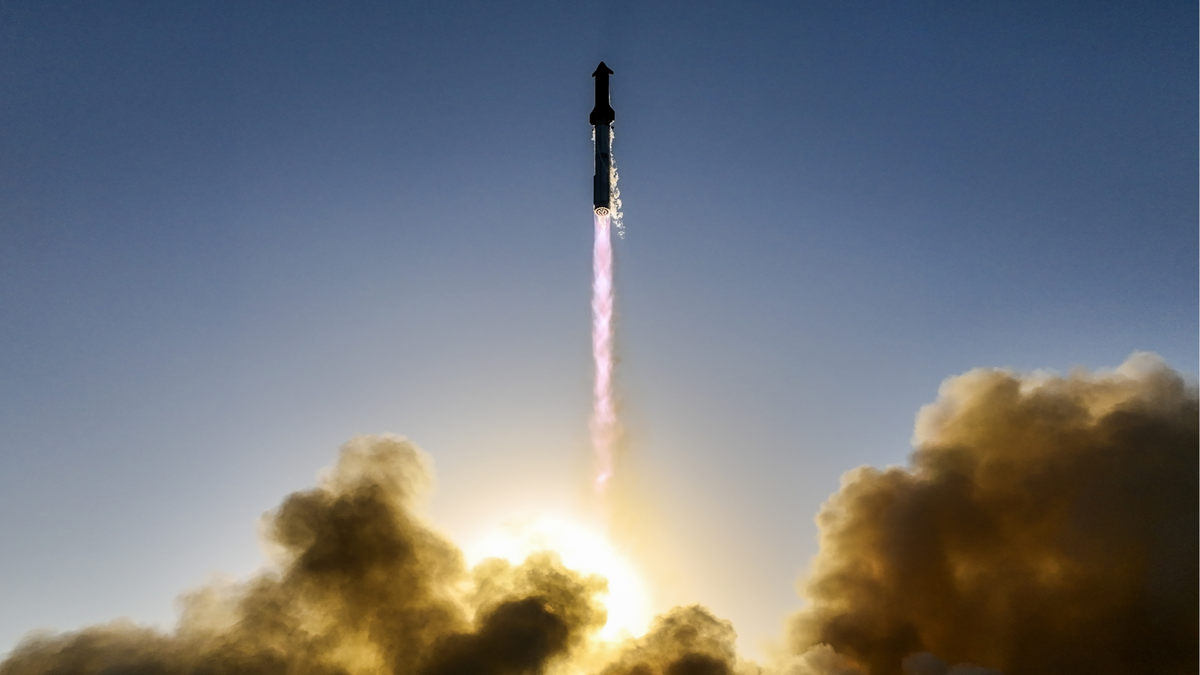Now Reading: Interlune Unveils Helium-3 Mining Prototype for Moon Exploration
-
01
Interlune Unveils Helium-3 Mining Prototype for Moon Exploration
Interlune Unveils Helium-3 Mining Prototype for Moon Exploration

Speedy Summary
- Seattle-based startup Interlune unveiled a full-scale prototype of its moon-mining machine designed to extract helium-3, a rare isotope thought to be abundant on the Moon and potentially useful for future fusion reactors.
- The machine can churn through 110 tons of lunar regolith (soil) per hour, marking an unprecedented scale and efficiency for lunar mining operations.
- Interlune collaborated with industrial equipment manufacturer Vermeer in developing this excavator. The companies successfully tested a smaller version of the equipment last year before advancing to this full-scale prototype.
- Helium-3 has been explored as a “game-changing” fuel source for years due to its scarcity on Earth but abundance on the Moon, though costs associated with mining and transporting it remain prohibitive according to experts such as Ian Crawford from Birkbeck, University of London.
- Efforts surrounding helium-3 mining are part of broader initiatives by governments like the U.S., China, Japan, and private entities aiming to build future industries around the MoonS resources.
!Image
Caption: A full-scale prototype of the Interlune excavator developed in partnership with vermeer.
Indian Opinion Analysis
India’s space program has demonstrated strong ambitions toward lunar exploration, exemplified by missions such as Chandrayaan. Technologies like Interlune’s helium-3 harvesting prototype signal growing global interest in utilizing extraterrestrial resources that may redefine energy landscapes over time-an area India could explore strategically given its proven expertise in cost-efficient space innovation.
However, feasibility studies highlight meaningful economic obstacles related to transport logistics and infrastructure development surrounding lunar mining operations-issues relevant not just for india but globally across all stakeholders contemplating such ventures.For now, terrestrial energy solutions appear more practical.
India should keep close watch on international developments while strengthening ties within collaborative frameworks aimed at resource-sharing or joint technological advancements in space exploration fields.

























